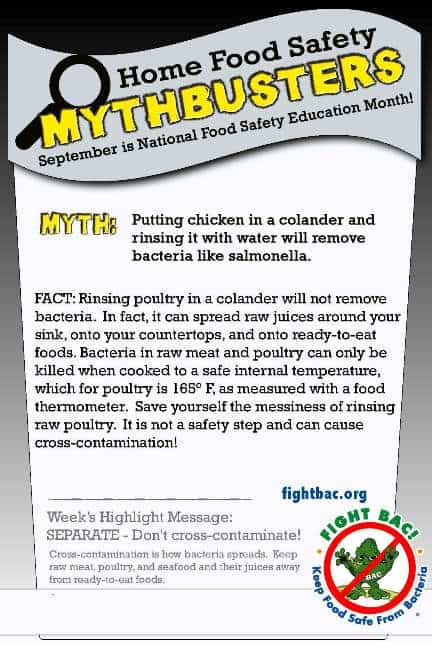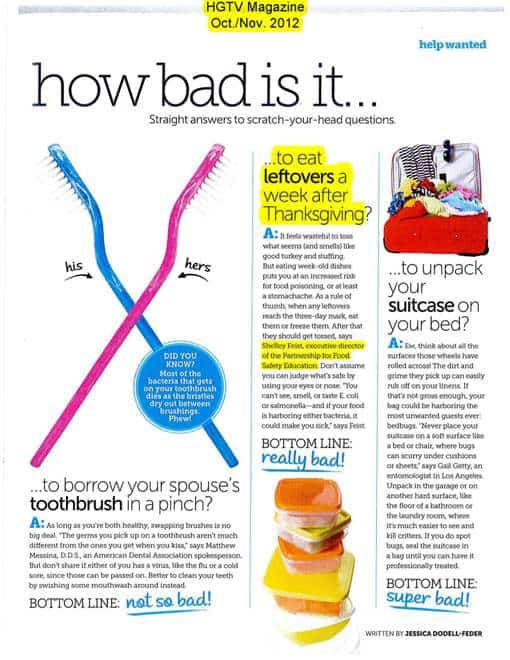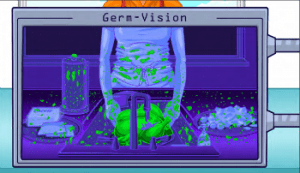Rinsing Raw Poultry Does Not Remove Bacteria
The Partnership for Food Safety Education isn’t the only organization working to bust food safety myths! Recently, the National Chicken Council referenced Home Food Safety Mythbusters in their outreach to the media. The National Chicken Council noted the fact that rinsing raw poultry does not remove bacteria but can lead to cross-contamination. Never rinse raw meat or poultry products in order to prevent possible cross contamination in the sink and kitchen. Thanks to the National Chicken Council for doing their part to correct common food safety misperceptions and keep consumers healthy and informed!




